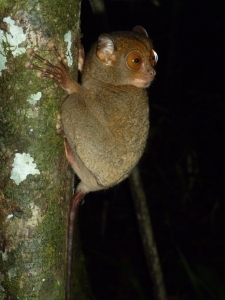
Mediterranean shrubland in Western Australia
Why do plants in geographically distinct areas sometimes look so similar, even though they are different species, and have had different evolutionary histories? This may be, because they have evolved similar morphological features, or ‘adaptations’, in response to the similar environmental conditions in these areas. This is called ‘convergent evolution’. Convergent evolution may therefore explain why the five Mediterranean-type ecosystems of the world (California, central Chile, the Mediterranean Basin, the Cape and South and Southwestern Australia) have such a similar appearance, dominated by highly branched, woody shrubs with small sclerophyllous leaves. The similar environmental conditions in these regions – the typical ‘Mediterranean’ climate, very dry summers and fire – may have selected for these typical traits, independently in all five Mediterranean areas. However, the five regions show also considerable differences, such as absence of fire in Chile, and very poor soils (low in nutrients) in the Cape and Australia. This may explain why plants in the Cape and Australia are particularly ‘sclerophyllous’ – i.e. these sclerophyllous traits help to conserve their nutrients.
Being well adapted to your environment may decrease your chance to go extinct, and may allow for high rates of diversification, and the accumulation of species over long periods of time. These Mediterranean-type ecosystems indeed are very species-rich, and many species can co-exist in these systems. The evolution of these sclerophyllous traits in the Cape and Australia may therefore also partly explain why these systems are so diverse and species-rich, and became biodiversity ‘hotspots’ of the world.
I made a video about these concepts for the NESCent evolution film festival 2015, with help of my colleagues Guy Atchison (presenter) and Lorena Ament (illustrator). The video was screened at the Evolution meeting in Guarujá, Brazil, in June 2015.


